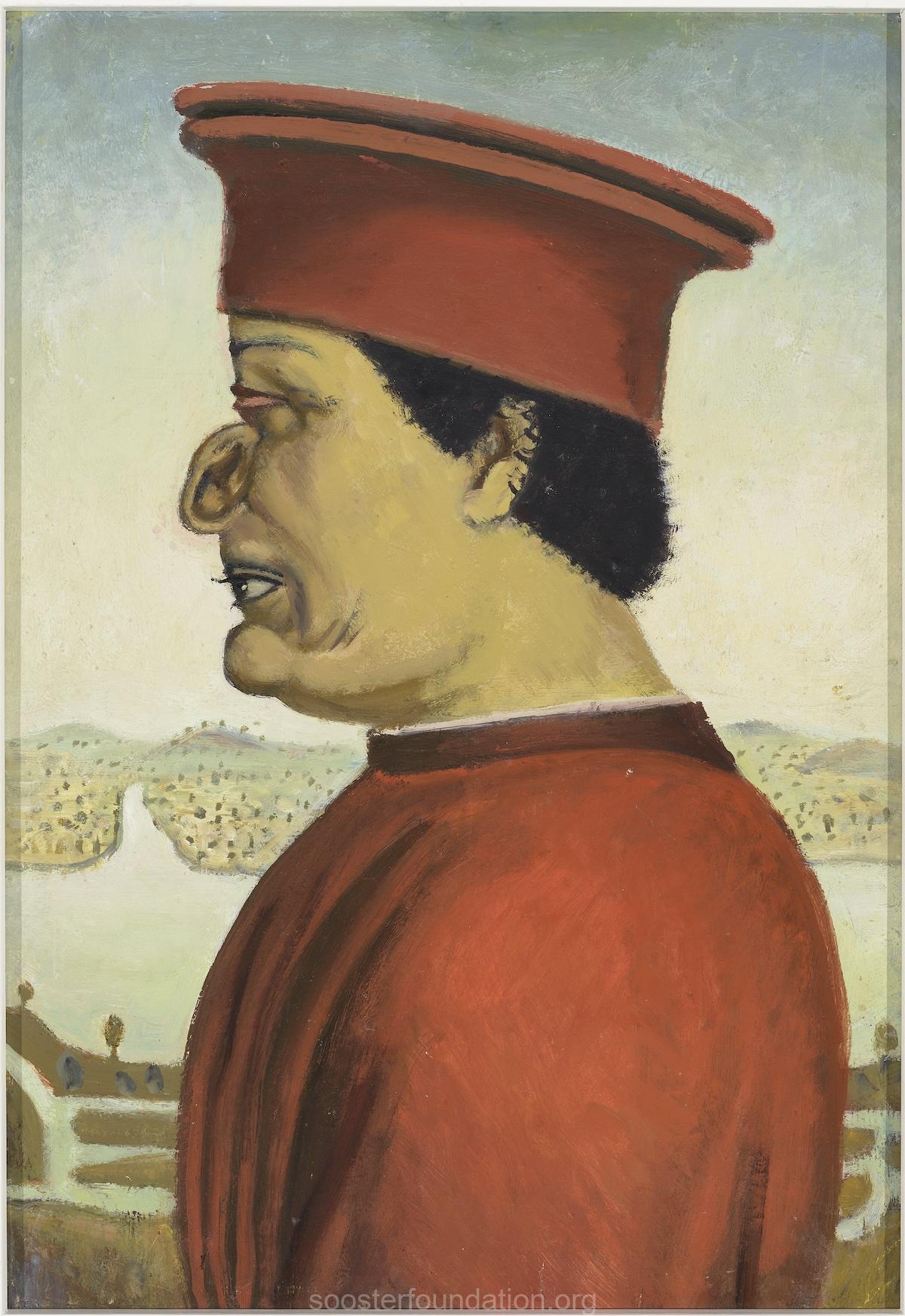Moscow


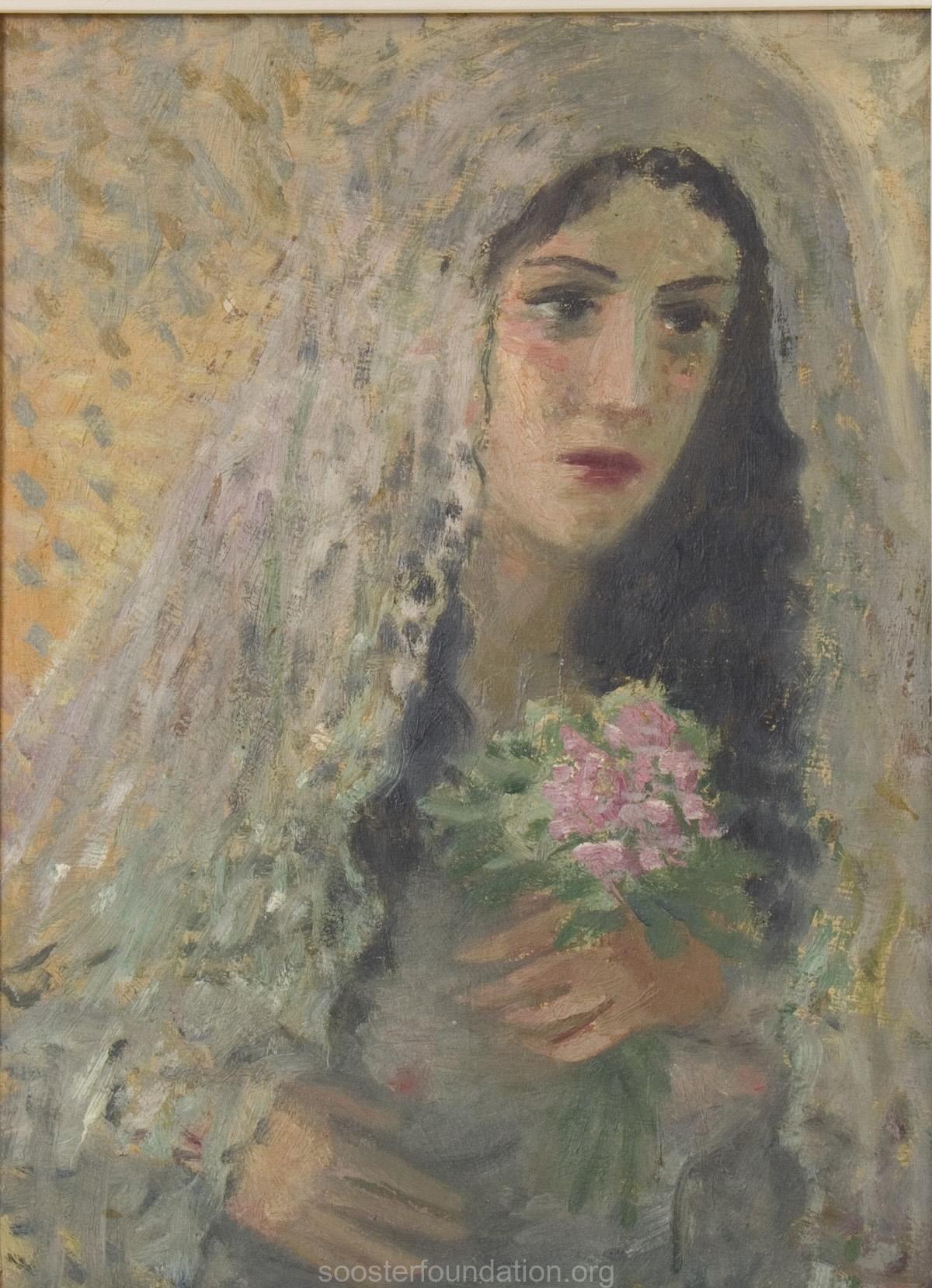
1956
The café "Artistic" gains popularity as a meeting place for artists, poets, writers, and theater figures. It is here that Bulat Okudzhava performs publicly for the first time.
"Perhaps, using the example of Sooster, we should acknowledge the cruel fact that the great sons of small nations become great only outside the boundaries of their people, their country, their culture. Perhaps Moscow was the best, if not the only, option for Ülo Sooster." "Perhaps, using the example of Sooster, we should acknowledge the cruel fact that the great sons of small nations become great only outside the boundaries of their people, their country, their culture. Perhaps Moscow was the best, if not the only, option for Ülo Sooster."
From art historian Reet Varblane's article "Ülo Sooster and His Time"
1956
On their way to Estonia, Ülo and Lidia stopped in Moscow and Leningrad, where Ülo spent entire days in museums.
In Estonia, they went to the city of Jõhvi, where Ülo's younger sister Meedi lived with her husband Lembit Kalda and their son Henry. It was here, in September, that the young couple registered their marriage.
Ülo painted a portrait of Lidia – titled The Bride.
In Tallinn, they reunited with friends who had also returned from imprisonment, continuing their discussions about art movements as if the seven years in the camps had never happened, and making plans for the future.
Work – Ülo needed work. But having a diploma in painting wasn’t enough; he had to become a member of the Estonian Artists’ Union. To do that, he had to present a series of paintings in the style of socialist realism to a review committee. After painting a series of studies of Jõhvi and Kohtla-Järve, as well as several portraits, Ülo decided to descend into a shale mine to depict the labor of the miners.
The result – a refusal to admit him into the Estonian Artists’ Union due to his “depiction of workers that does not meet the high ideals of communist labor.”
Lidia received a document confirming her rehabilitation, once again giving her the right to live and work in Moscow.
From Lidia’s memoirs: “Ülo thought long and hard, weighing all the pros and cons, but he agreed. I understood how difficult it was for him to leave his newly regained homeland once more, to leave his sister, his parents, his friends, his forests, his meadows… but what other choice did we have?”
Ülo and Lidia Sooster moved to Moscow, to Krasina Street, where they lived in a single room with Lidia’s parents.
At a Picasso exhibition, Ülo ran into his friend from the camps, the poet Roman Sef, who introduced him to the artist Yuri Nolev-Sobolev.


1957
July 28 – August 11 – VI VI World Festival of Youth and Students in Moscow.
International Workshop of Plastic Arts within the framework of the World Festival of Youth and Students. 4,500 works by contemporary foreign artists from 52 countries.
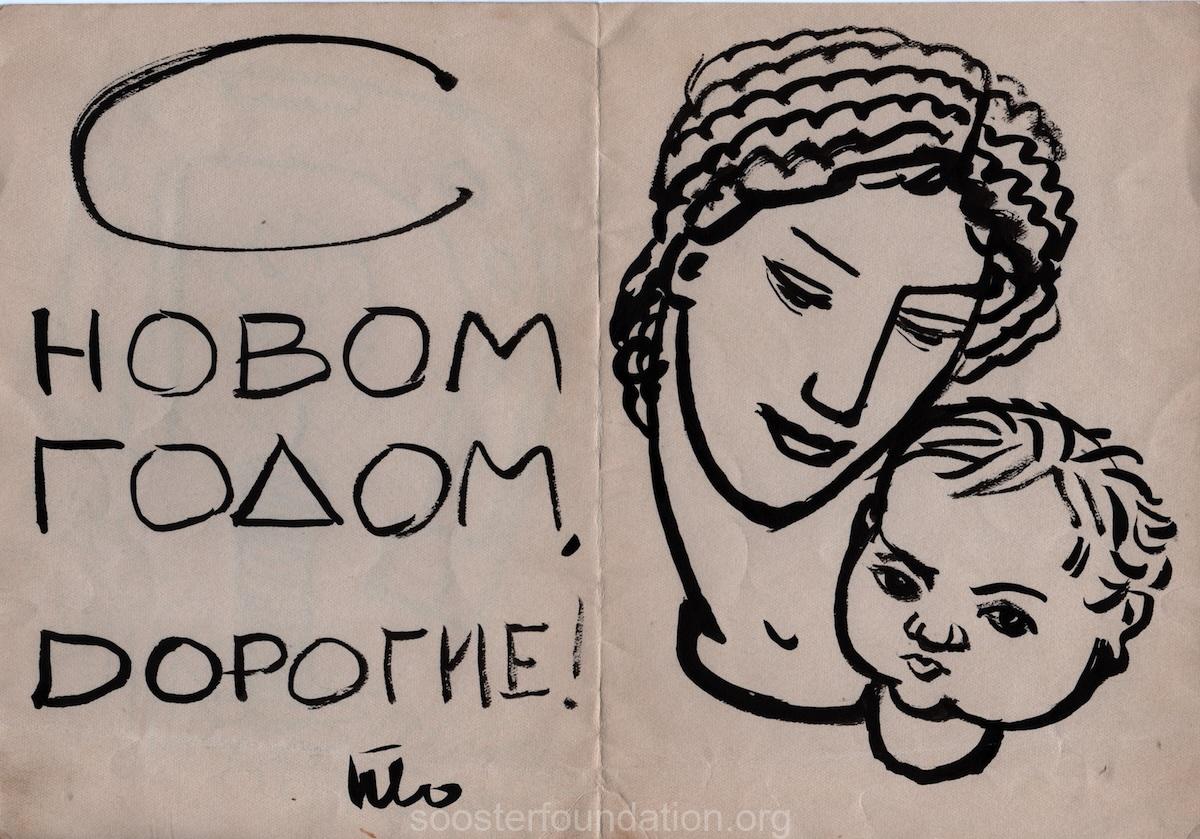
1957
From the memories of Yuri Sobolev: “... we met and were inseparable until his death, doing much together.
We got a studio and started working together. We decided that since whole cultural layers were practically unknown to us, we needed to 'go through' the entire history of modern art, starting roughly from the 1930s. We would set up still lifes or invite a model and draw: sometimes we were cubists, sometimes dadaists, sometimes surrealists. A whole year was spent studying Picasso, who would turn to us from both classical and cubist perspectives.
Gradually, Sooster began to ‘steer me toward surrealism… art that carries a character of conceptuality or some extended poetic metaphor turned out to be extremely important for both him and me.
Despite his bohemian lifestyle, Sooster was a meticulous and detail-oriented person. His purely Estonian desire for the systematization of knowledge he tried to impose on me as much as possible. And he was right. Step by step, we entered new areas of culture and didn’t waste time 'reinventing the wheel.'
In the camp, he met and befriended wonderful, highly educated people. He often told me about a prominent scientist—a universalist, an encyclopedist—who organized something like a university for political prisoners and regularly lectured on physics, philosophy, and natural sciences. Since Sooster had a distinctly philosophical mindset, he easily absorbed and assimilated everything he heard… We must not forget that he himself was excellently educated, mainly in the field of Western culture…
With Sooster came a broader, freer view of art and a sense of continuity in its development.”
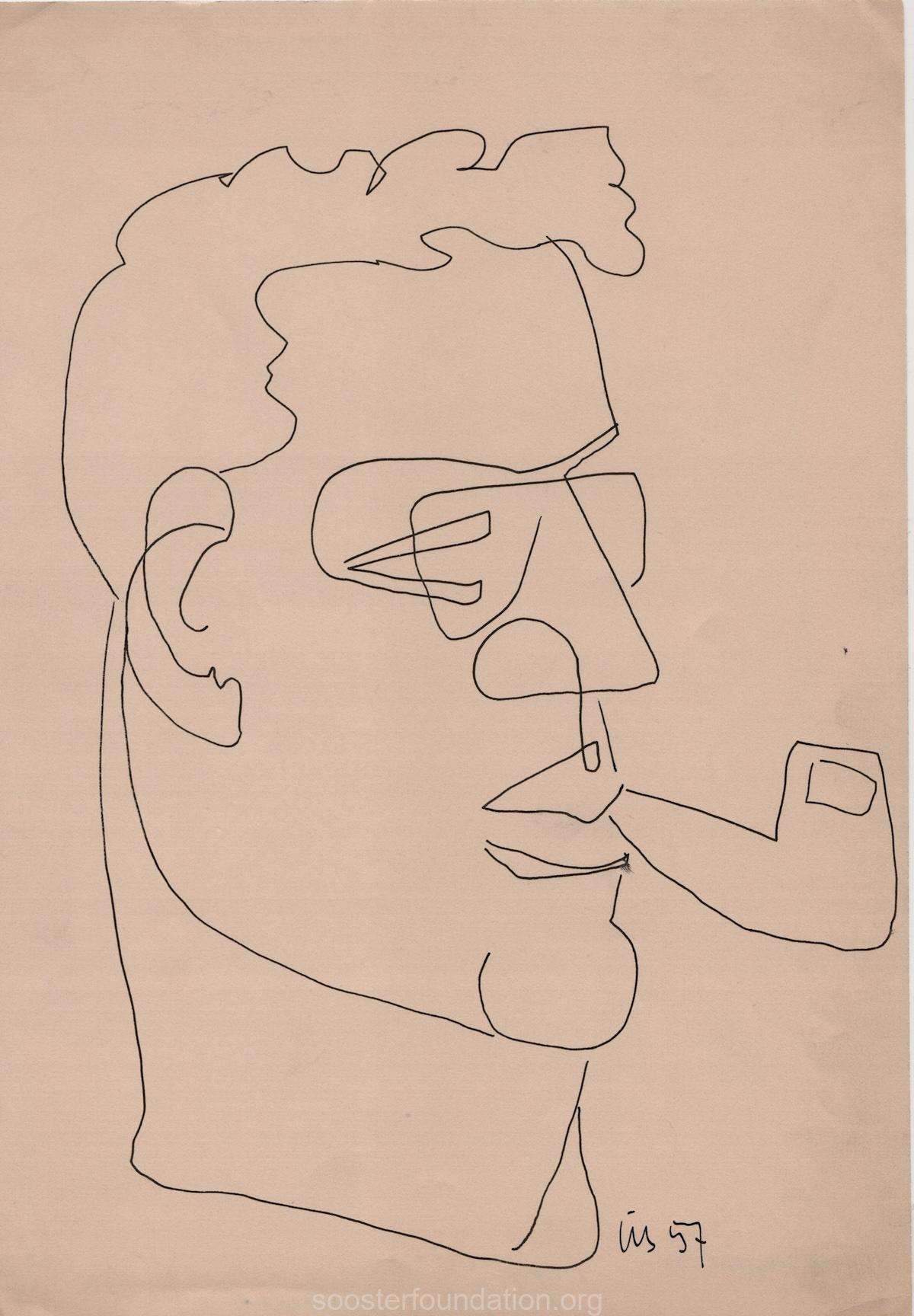


Settling in Moscow, Sooster began searching for work to somehow provide for his family. At that time, I started involving him in work at publishing houses and showed him various "tricks" related to book publishing. By that time, I had already thoroughly studied Russian philosophy and criticism of the late 19th and early 20th centuries and shared some of that knowledge with him. Thus began our period of mutual learning.
The publishing house "Molodaya Gvardiya" commissioned Sooster to illustrate the novella collection "Spring Solstice" and a compilation of Egyptian stories titled "A Place on Earth."
In 1957, Yulo and Yuri traveled to Estonia. Subsequently, Yuri Sobolev would share deep creative and personal relationships with Sooster's Estonian friends.
On December 28, their son Tennopent was born.
From the memories of Lidia Sooster: "Ülo wanted to give our child a double name, as is customary in Estonia – he himself had the name Ülo Ilmar. But the registry office in Moscow said that double names cannot be registered in Russia. Ülo was stubborn and unyielding, so he came up with a name to get around the issue: Tennopent."


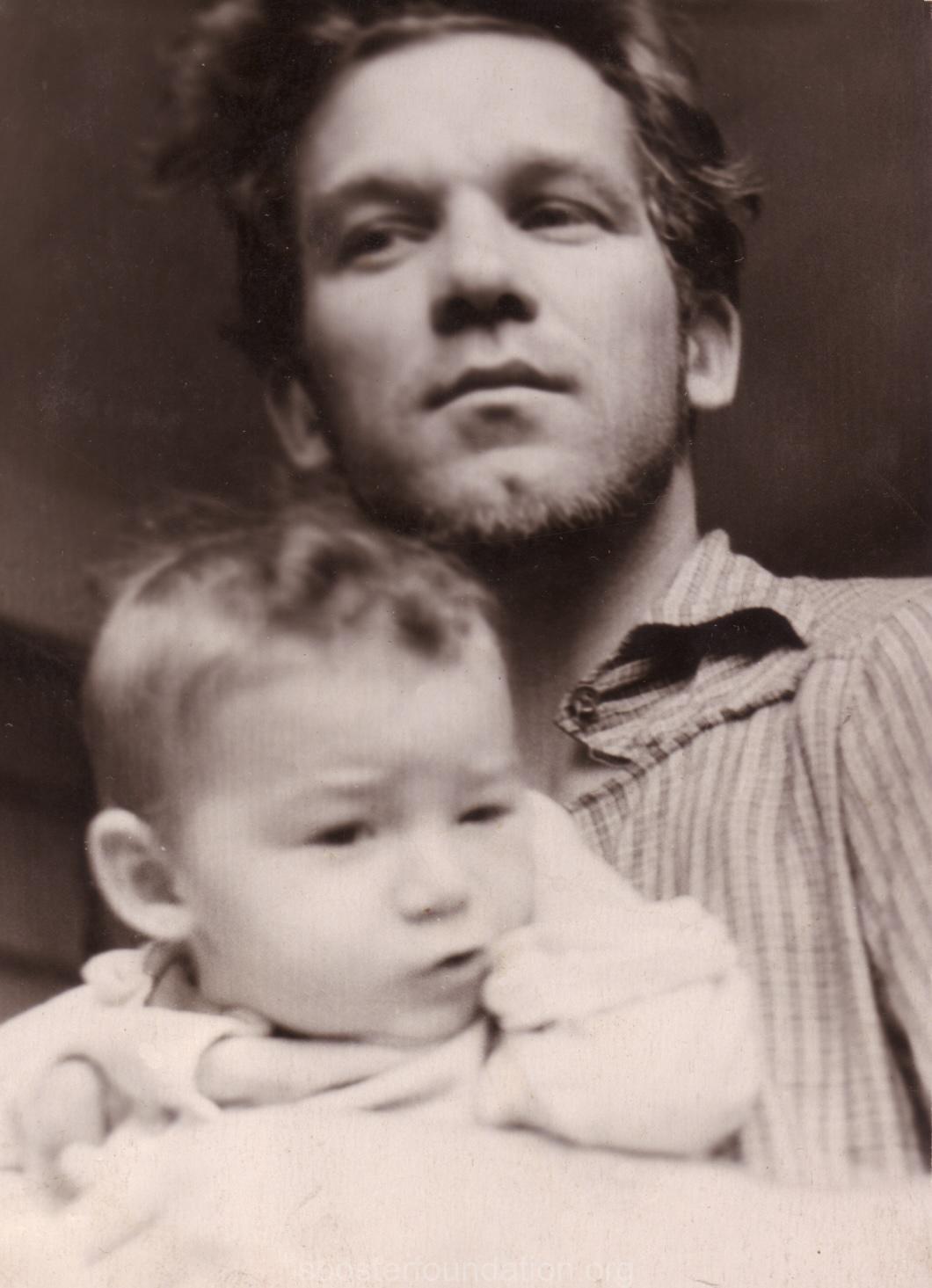

1958 - 1959
In the Pushkin State Museum of Fine Arts, exhibitions are held featuring the paintings and graphics of French artist Albert Marquet, as well as contemporary graphics from Argentina, Brazil, and Mexico.
In the summer of 1959, the National Exhibition of the USA opened in Moscow. For the first time in the USSR, works by Jackson Pollock, Mark Rothko, Willem de Kooning, Arshile Gorky, and other contemporary artists were displayed. The official art community did not approve of such art.
Illegal "apartment exhibitions" of artists whose works are not officially recognized take place.
From the late 1950s, the sale of works "to the West" begins: to foreign journalists, businessmen, diplomats, and tourists.
Around the "Artistic" café, a certain cultural environment forms—"people who are close in spirit and worldview." Yuri Sobolev and Ülo Sooster settle in the "Artistic" café.
In September 1959, Yuri Sobolev becomes the chief artist of the "Knowledge" publishing house.

1958–1959
In the summer of 1958, Ülo Sooster's works (portraits of Lydia) were exhibited at the 4th exhibition of young artists in Moscow.
He continues to illustrate children's books. Together with Yuri Sobolev, he prepares illustrations for the book "The Glass River" by Bella Dizhura, the mother of Ernst Neizvestny.
He develops a friendship with the sculptor Ernst Neizvestny and the artist Boris Zhutovsky.
He meets and begins a fruitful collaboration with the editor and translator Romuald Minna. Their first joint work is the book "Little Illimar" by the Estonian writer Friedebert Tuglas, a book that Ülo had known and loved since childhood.

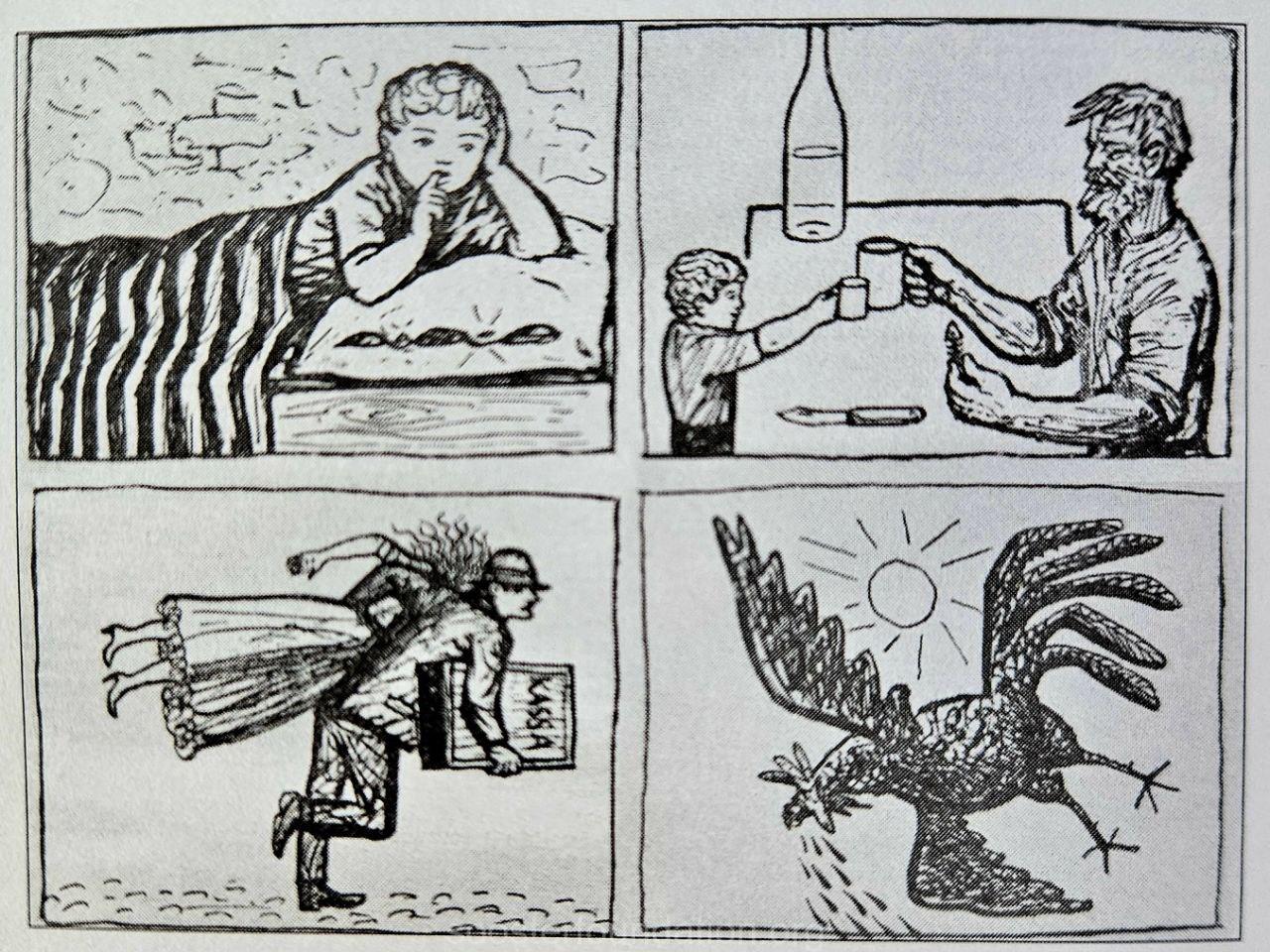
Participates in the Moscow exhibition of book and poster artists.
Receives a diploma at the "World Through a Child's Eyes" competition in Leipzig for the poster "Boy with Wings."
Becomes acquainted with artist Ilya Kabakov. Their friendship will last for 12 years, until Ülo's death. In 1994, Ilya Kabakov's book "About the Paintings of Ülo Sooster: Subjective Notes" will be published in Tallinn.
In 2008, already world-renowned, Soviet and American artist Ilya Kabakov will release a book titled "60s – 70s... Notes on Unofficial Life in Moscow." In it, he will write: "...the personality is too close to me, and therefore it is difficult to give a complete overview of his art and the phenomenon that can be called 'Ülo Sooster'... All his interests were connected with art..., and all his aspirations and conversations ascended to a philosophical, almost cosmological height... He posed 'ultimate questions' about why to live and how to live, while remaining a craftsman standing behind the easel and working. This incredible normality also ascends to the artist-thinkers as they were during the Renaissance, and the greatest among them at other times, up to today..."

